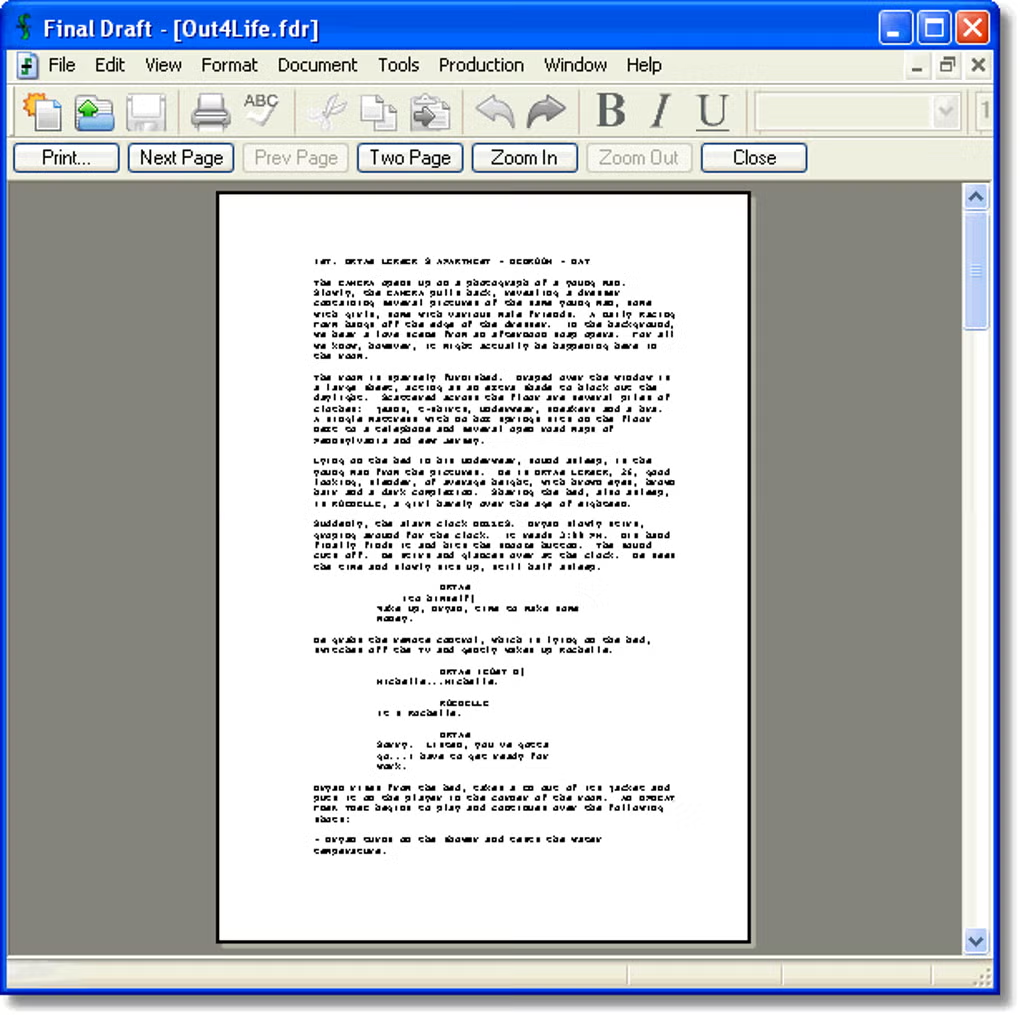
So in this case, remorsefully might not be the better choice compared to a possible actor's note of performing the line with a sense of distaste.īeing remorseful and having distaste towards someone are two very different emotions and types of line delivery. A director and actor often work together to enhance the words that screenwriter's write. You, the screenwriter, have a sense of what emotions are behind the words because you hopefully see the scene within your mind's eye and are trying to communicate that visual in the best way possible. This type of screenplay element should be avoided when you're writing your dialogue. In the opening lines of the scene, the writer chooses to use the parenthesis as a way to direct the potential actor's performance by inserting an adverb to denote the type of emotion that the line of dialogue should be delivered with. Avoid Using Parenthesis as Acting Directions But let's take a closer look at what some may deem as, at the very least, a passable scene. It's a short scene, which is good - consisting of only a page and three quarters. So the scene has some funny moments of back-and-forth between two characters in the same location, along with two lines of dialogue from two characters not directly in the same location.

The page count is roughly one and three quarters. Here we have an example of a dialogue-heavy scene, written with a number of mistakes that we'll soon point out. Which means that screenwriters are always susceptible to the many common mistakes made when writing and formatting dialogue exchanges and the scene description in between.

In most screenplays, there are at least a couple of lines of dialogue in every scene. What are some of the most common mistakes screenwriters make when writing dialogue scenes?


 0 kommentar(er)
0 kommentar(er)
